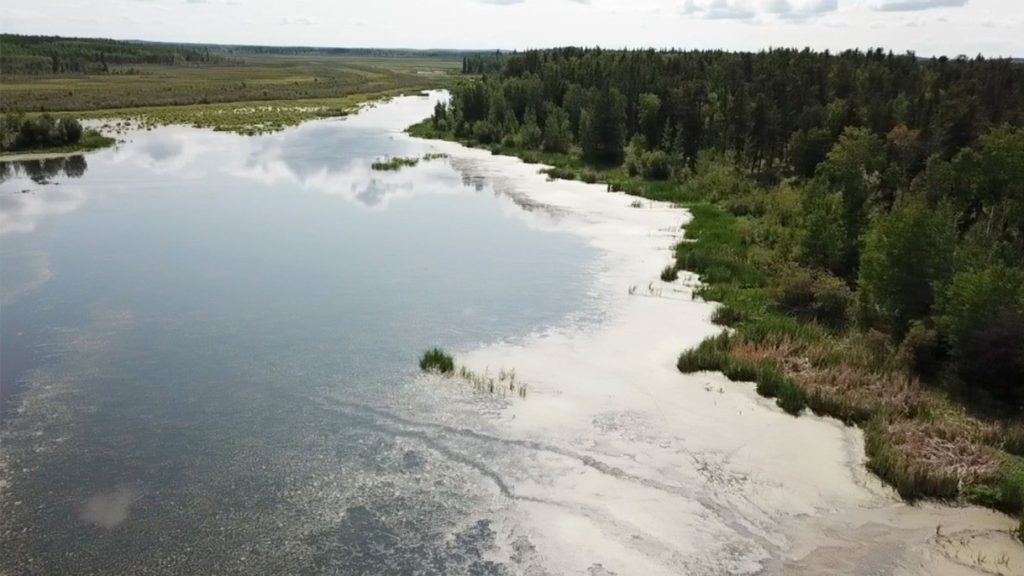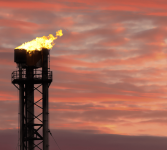Study Explores Methane Quantities from Arctic Lakes, Lower than Previous Estimations
2 min read
A Brown University study has found that atmospheric methane emissions from Arctic lakes and wetlands are not as extensive as previous research predicted.
Past research studies estimated that these largely unmapped bodies of water contributed to 40% of methane emissions in the region, but the new study found them to account for only about 3%. High-resolution satellites and airborne imagery from NASA used in the present study allowed for the updated finding — earlier studies believed that more and larger unmapped lakes and wetlands existed than in actuality.
Beyond this finding, the study brings a new methane mapping option to the table as various parties look to measure current methane emissions and make predictions for the future. The satellite technique allows for a more accurate “bottom-up” measurement of methane, or a measurement based on maps of the Earth rather than “top-down” atmospheric measurements.
The study’s researchers aim to expand the new methane modeling technique to other parts of the world as it may help identify sources of methane emissions.
“What the research has shown is that these smaller lakes are the greater emitters of methane on a per area basis, which means even that though they take up a small amount of the landscape they have a disproportionate level of emissions,” said Ethan D. Kyzivat, lead researcher of the study. “Traditionally, we haven’t had a good picture of how much area they take up, but this new high-resolution dataset helped us scale it up to finally make those estimations much more accurately.”
Legislation Works to Address Methane Emissions from Industry
The present study’s findings are especially welcome as methane emissions are about 25 times more potent than carbon dioxide emissions when it comes to global warming impact.
The Arctic region is reportedly one of the fastest-warming areas in the world and may be further contributing to the Earth’s increasing temperature. As glaciers in the region melt, methane that has been trapped beneath these glaciers is being released in high concentrations.
Methane emissions come from a number of considerably more controllable sources as well, including fossil fuel development, agriculture, and landfills.
Governments have worked to implement new rules to reduce these methane emissions, with the United Nations aiming to cut methane emissions by 45% by 2030. At COP28, the EPA introduced regulations that would reduce methane emissions by 80% from 2024 to 2038, including eliminating flaring from oil and gas facilities and monitoring methane leaks at well sites, among other standards.





